This article contains spoilers for Vinland Saga in its discussion of the themes of vengeance.
There aren’t that many anime nowadays that I can unconditionally recommend to people that don’t like anime. I feel that if you recommend an anime to someone, there’s a certain stigma that comes from being associated with the niche. While fans that are ingrained in the community may casually throw out recommendations for shows that are inundated with anime tropes and iconography, more mainstream audiences may balk at them. That isn’t the case with Vinland Saga. I can feel comfortable that if you are someone who wants to explore a grounded and more adult story through the lens of anime, then Vinland Saga is an easy recommendation.
Currently in its second season, the show explores themes that are fairly universal. We’ve witnessed the characters participate in and realize the horrors of war, encourage the meaningless cycle of violence, and, most importantly, seek vengeance. The first season concluded with a violent spectacle wherein the revenge that its central characters sought so devotedly was achieved, and now the second season is exploring the repercussions of it.
The result? Emotional numbness and the hollow realization that their lives were solely defined by vengeance.
Vinland Saga has a lot of characters who are seeking their own flavor of revenge, but none are more prominent and clear-cut than our central protagonist, Thorfinn. As a child, he watched his father die at the hands of the Viking Askeladd, whom he joins and learns under with the blatant goal to eventually kill him. Askeladd is aware of this and continuously goads Thorfinn into frequently attempting it, making Thorfinn a constant ball of rage and hatred.
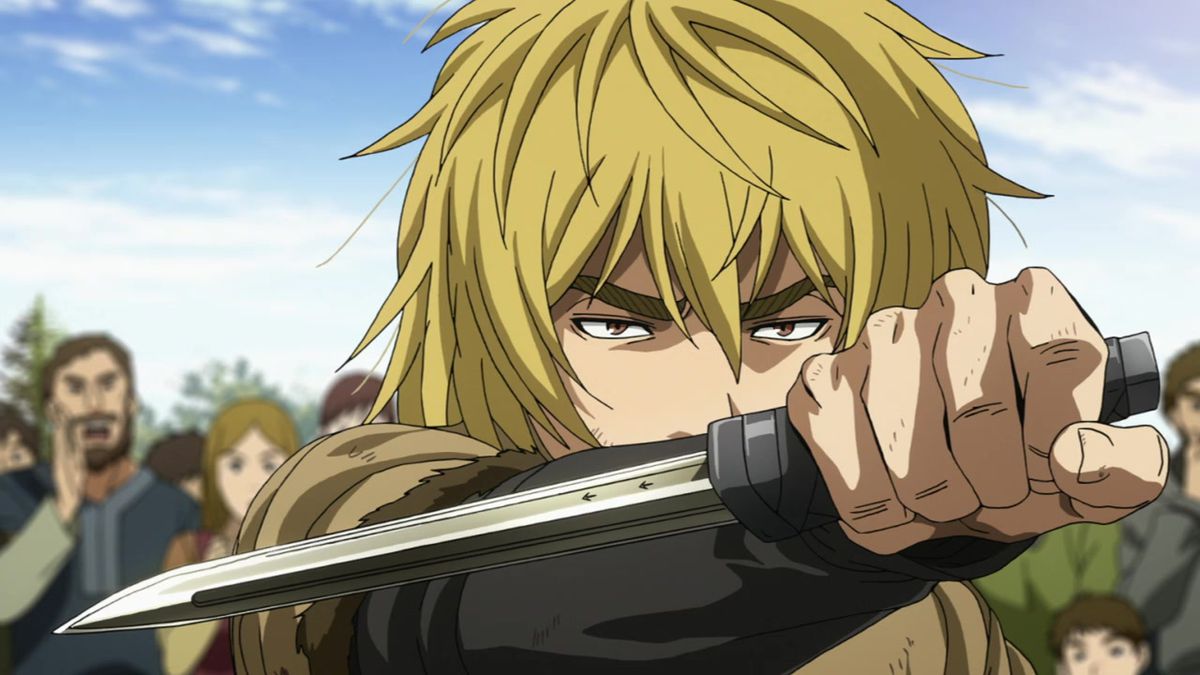
He wants nothing more than to watch Askeladd die not for the crimes that he has committed in the name of the Danish king Sweyn, but solely for the murder of his father, and he’ll do anything to stay close to him, including murdering anyone who gets in the way of his goal.
And then it happens. Askeladd dies at the end of the first season, but not at Thorfinn’s hands. Thorfinn’s vengeance is denied, and he is enslaved and taken far away for attacking Askeladd’s murderer, Canute, the prince of the Danes.
Thorfinn has no more purpose now that Askeladd is dead. As he lies dying, Askeladd himself points out that Thorfinn never thought about what came after his vengeance. Revenge has numbed him so much that he doesn’t care about his enslavement. He takes the abuse from the farmhands of the farm he now works at. He doesn’t question the impossible nature of the tasks he’s set and volunteers himself to be murdered by the farm’s guards for their own entertainment. He has no more purpose. Nothing.
If Thorfinn can show the numbing effect that failed vengeance can offer, Askeladd would be the polar opposite. His life was defined entirely by vengeance. When he was a child, he and his mother, a Welsh noblewoman, were enslaved by the Danes, and he swore vengeance not only against them for what they did to his homeland, but also against his father Olaf, who treated Askeladd’s mother like a dog. Askeladd worked in Olaf’s employ until he killed him in the night, framing one of his half-brothers for the job. After that, he lived in service to the Danes as a Viking mercenary, but always hating the company that he was with, doing whatever was necessary to protect Wales.
Askeladd is a complex villain in Vinland Saga, developing a strange father-son relationship with Thorfinn despite the disgust Thorfinn feels towards him, knowing full well that his death will serve as a carrot to keep Thorfinn in his employ. He’s a master strategist, but when given a chance to avenge the people of Wales, Askeladd murders Sweyn in cold blood. Yes, he was presented with a choice of either allowing Wales to be conquered or letting Canute die, but Askeladd gave it no serious thought or consideration. He chose to murder Sweyn on the spot in the name of his people and in the name of his mother who died at the hands of the Danes.
Askeladd pursued his vengeance at the cost of his life, and he was ultimately successful. Canute forbade any attacks on Wales now that he was the rightful king, but it still resulted in Askeladd’s death.
One could even make the argument that Canute also sought vengeance against his father for being seen as the lesser of two brothers. He was aware in some capacity of Askeladd’s plan to kill his father, allowing him to become king, and once he does become king, he begins to take vengeance against the English for the crimes that were committed against them in the war. Canute blazes a path of vengeance against all who would dare oppose him, eventually putting down all opposition in his path to also become the king of England.
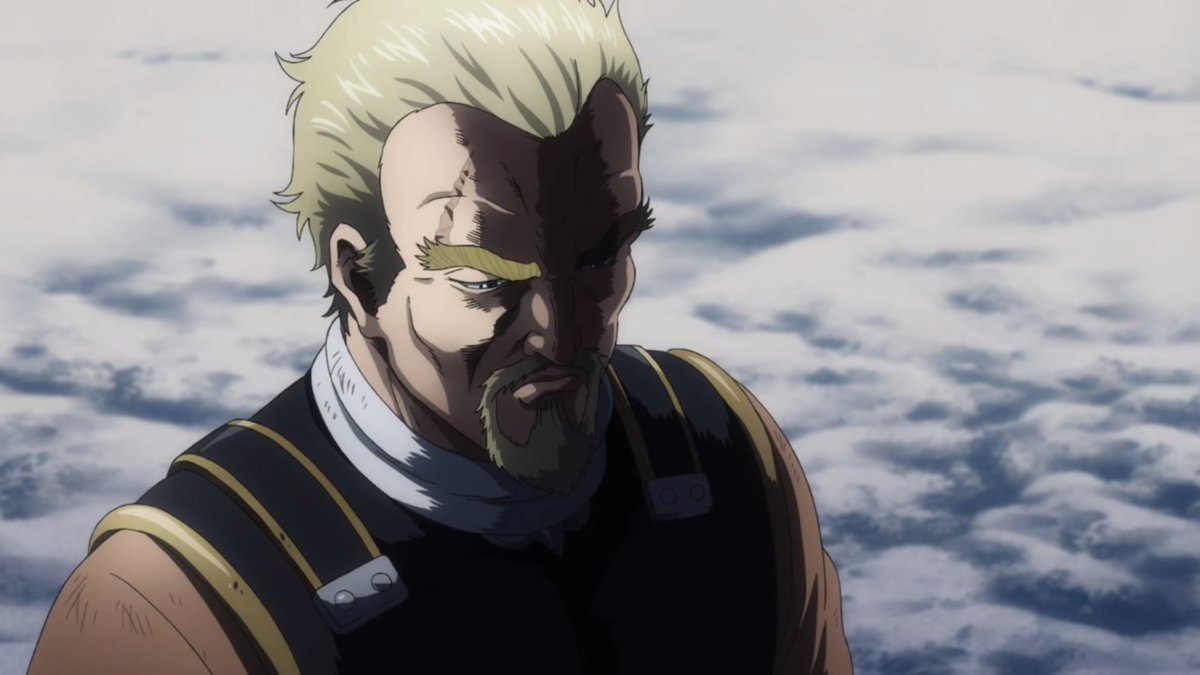
Revenge didn’t necessarily consume Canute in the same way it did Askeladd and Thorfinn, as he had a purpose beyond simply seeking vengeance. However, his desire for revenge did turn him from a meek and mild pacifist to a cold king willing to use underhanded tactics to secure his pathway to the throne.
Thorfinn and Askeladd were consumed by revenge and let it define them and their actions, and it caused them to regress as people once their goals were met. Thorfinn lost the will to live, and Askeladd lost his life. Both of them were able to meet their respective goals, but it cost them everything in the process. It’s fitting then that the first season concluded what is called the War Arc and left nothing but devastation in its wake.
The cycle of revenge has made both of these men worse, but the cycle is not impossible to break. While being enslaved on the farm and questioning his desire to persevere, Thorfinn slowly sees a life beyond vengeance from a fellow slave who could have just as easily given in to it: Einar.
Einar was a young Englishman whose land was destroyed by the Danes. When Vikings invaded his village, they not only burned it to the ground but also killed Einar’s mother and sister and enslaved him. Einar tried to fight against them but was frequently beaten down and saw how unsympathetic they were to his plight. He developed a pure hatred for the Danes and worked alongside Thorfinn, unaware of his heritage and his past as a mercenary.
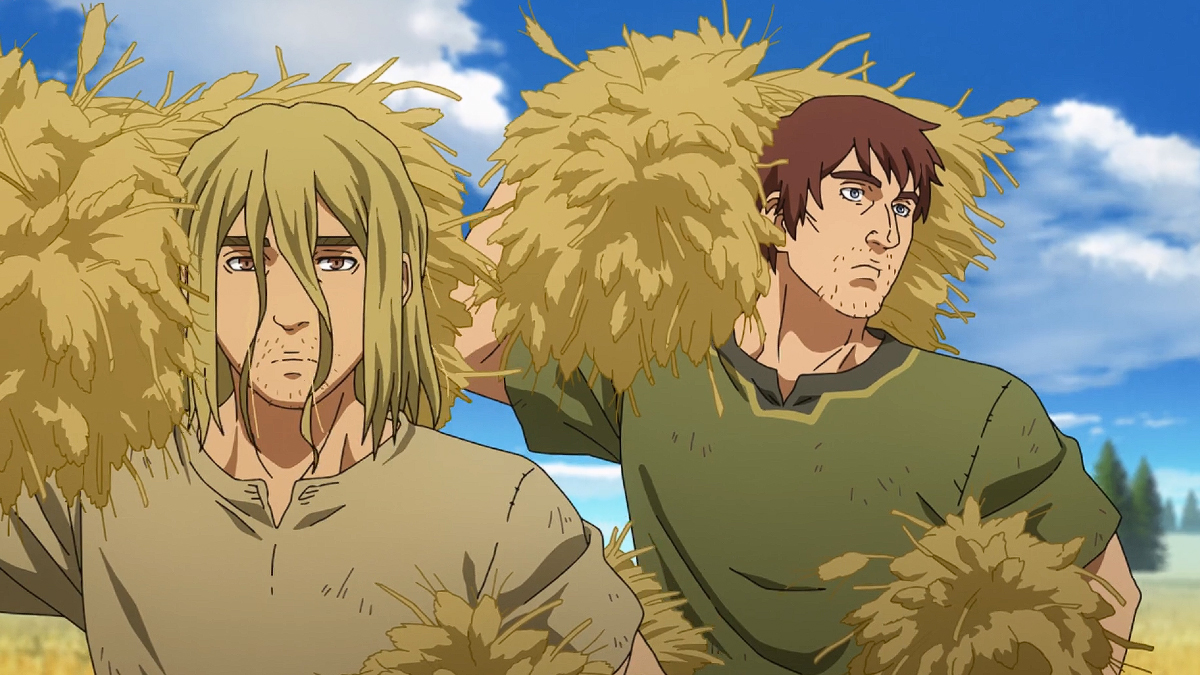
Once Einar discovers this, he wants nothing more than to kill Thorfinn. To him, Thorfinn represents everything that he hates and is a proxy for the people that took his happiness away from him. And he almost does so, attempting to choke Thorfinn in the middle of the night as he sleeps, with Thorfinn accepting his fate.
And yet Einar doesn’t end up killing Thorfinn. Einar realizes that killing Thorfinn wouldn’t change anything. It wouldn’t suddenly end his enslavement, and Einar would only have guilt on his conscience for killing him. Thorfinn didn’t kill his family and burn his village.
Einar doesn’t exactly forgive Thorfinn for his actions, but he seems to realize that Thorfinn himself wants nothing more than to forget his past, with Thorfinn now haunted by his bloody deeds in nightmares. But Einar, most importantly, finds companionship with him. Einar saw Thorfinn as a friend before he found out about his past and still sees him as a friend afterward.
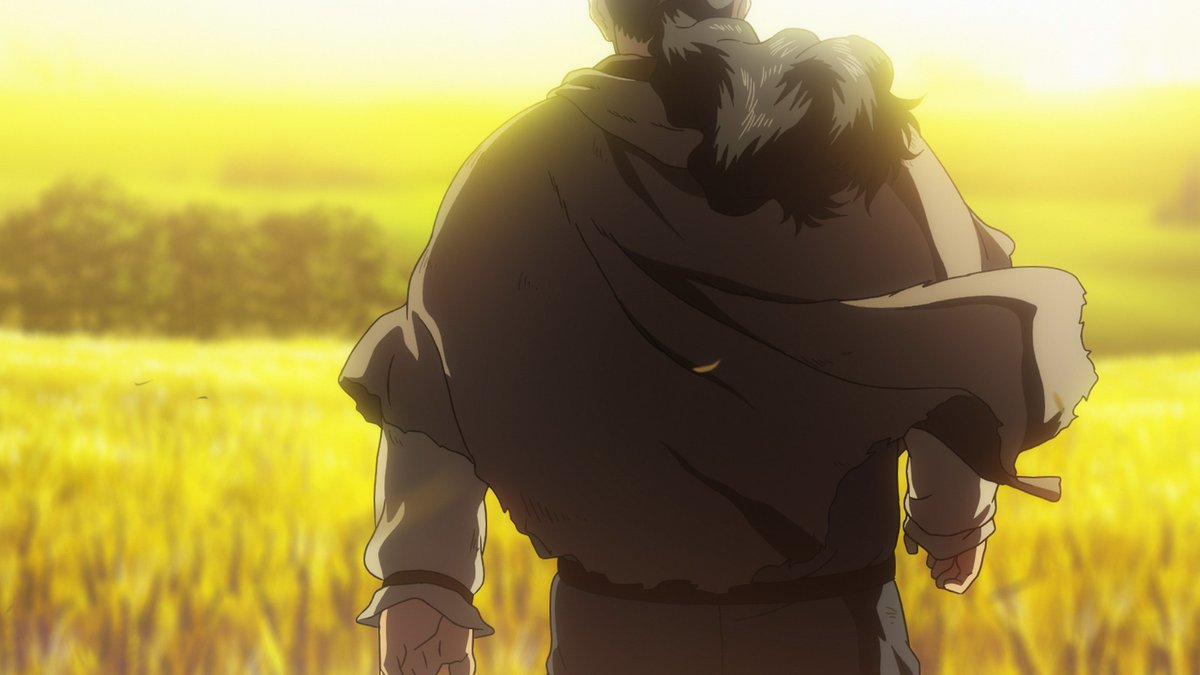
Einar breaks the cycle and instead chooses to move forward, understanding that he had two options: kill Thorfinn for some brief and pointless sense of satisfaction, or lose his one companion on the farm and lead a life of isolation and misery.
The Vinland Saga War Arc left a lot of damage in its wake for its characters. It permanently altered all of them and made them into worse people, which is an apt metaphor for the destructive capabilities of war. But now that Thorfinn is removed from the war, he can grow. Canute is stuck acting out pointless campaigns of vengeance to secure his claim to power, and Askeladd sacrificed his life for temporary peace for his people. But Thorfinn can now breathe and heal, just as Einar did.
Revenge doesn’t have to dominate Thorfinn’s life. The old Thorfinn would have killed Einar for the attempt on his life, but now Thorfinn has learned forgiveness. And forgiveness allows Einar to call Thorfinn his friend. And for the first time in God only knows how long, Thorfinn smiles, and you can feel the genuine sense of peace that it brings him finally having a companion to rely on. Thorfinn no longer lives for revenge. He doesn’t know exactly what he’s living for yet, but he sees the future now instead of the past. That’s a good place to start.


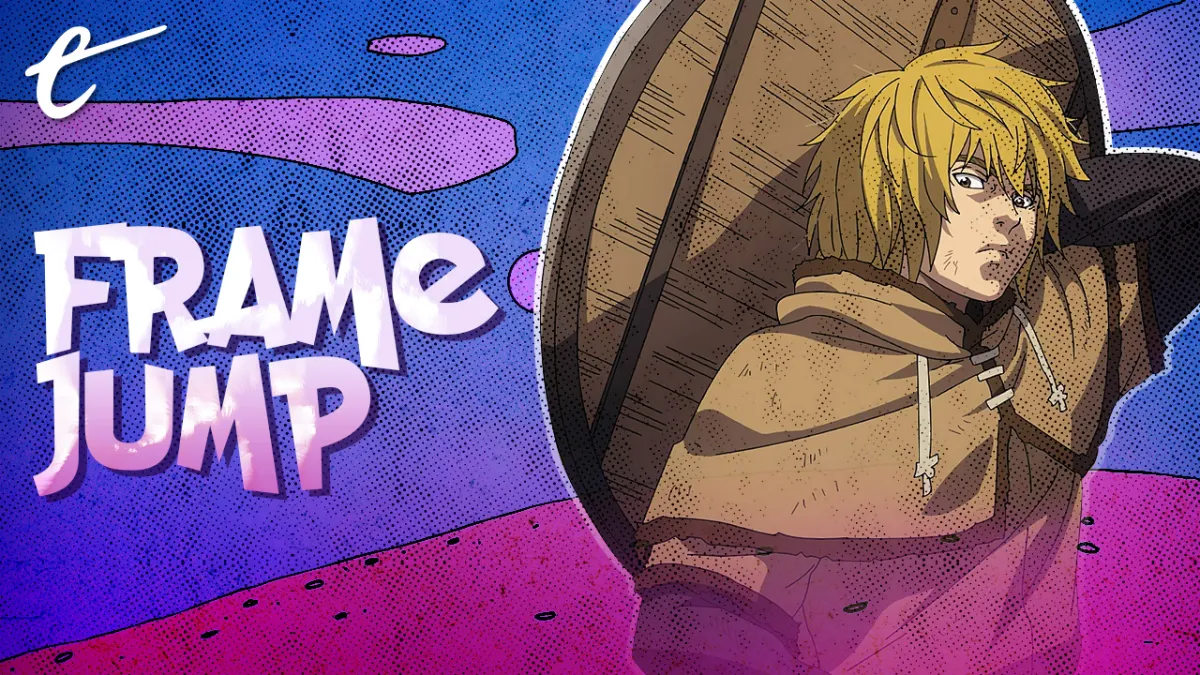



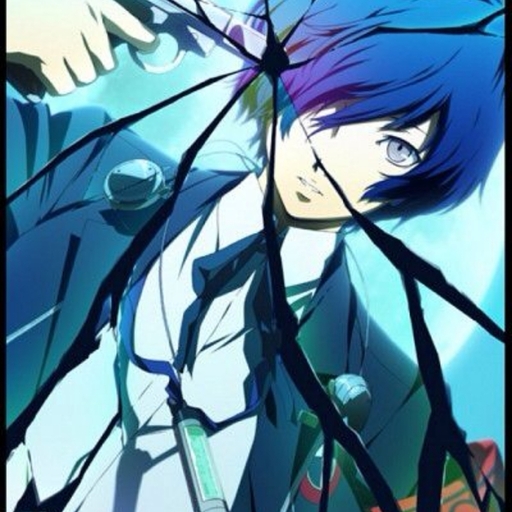
Published: Mar 3, 2023 12:00 pm